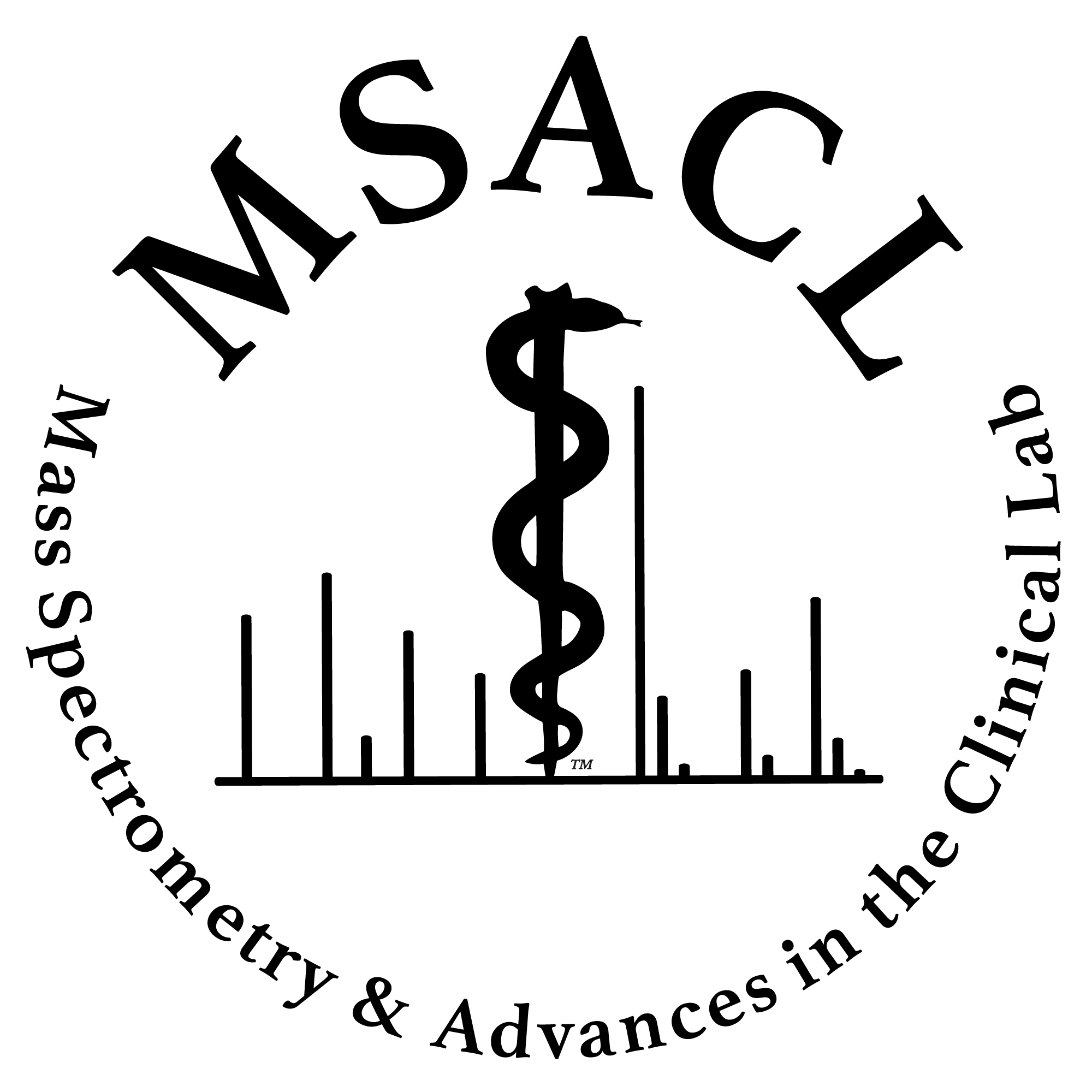|
Abstract Introduction:
Drug testing labs typically utilize a screening method to look for presumptive positives prior to quantitative confirmation; this process can take hours and will often require multiple aliquots and preparations of the sample. However, using a mass spec-based fast screening method followed by a longer, chromatographic separation for quantitation minimizes bottlenecks from sample prep, while the intelligence built into the mass spectrometer allows for more automated and streamlined runs, as only the samples marked as presumptive positives are analyzed using the longer confirmation method. This data-dependent workflow aims to shorten batch analysis when positive hits are considered infrequent, as is the case with many of the negative mode drug compounds.
Objectives:
The primary objective of this work was to demonstrate a novel workflow for the screening and confirmation of alcohol metabolites and barbiturates in urine using intelligent reflexive logic.
Methods:
Synthetic urine was spiked with a standard mix containing various concentrations of barbiturates, ethyl glucuronide (EtG), and ethyl sulfate (EtS). Both the screening and confirmation methods were performed using an Agilent Poroshell 120 CS-C18 column (2.1x50 mm, 2.7 µm) with a water:methanol mixture containing 0.01% formic acid. The fast screening method was performed in under two minutes, while the confirmation method ran a slower gradient to achieve chromatographic separation in under five minutes. LC-MS/MS analyses was performed in negative ionization mode and multiple reaction monitoring (MRM) of two transitions per analyte. Data was acquired using an Ultivo LC/TQ with a 1290 Infinity II LC stack, and the Intelligent Reflex Fast Screening workflow was activated in MassHunter 12.
Results:
The fast screening workflow consists of two methods: “Tier 1 Method”—a fast semi-chromatographic method for quick screening and “Tier 2 Method”—a comprehensive chromatographic method for confirmation of presumptive positives and quantitation. The screening method was less than two minutes and monitored all transitions for the compounds of interest. It was intended to mark a positive hit as a presumptive positive for further analysis. The confirmation method made use of a shallower, slower gradient to achieve chromatographic separation with baseline resolution for quantitative analysis. Each acquisition method has a quantitative method tied to it for automated processing. The quantitative method for screening sets the minimum detection threshold to trigger a presumptive positive and reflexive confirmation. Upon the marking of a presumptive positive, the sample vial was automatically appended to the bottom of the worklist so that all screened positive samples were reinjected using the longer confirmation method.
Conclusion:
Two simple analytical methods were developed for the screening and confirmation of alcohol metabolites (EtG and EtS) and barbiturates in urine. The screening method achieved results in under two minutes, while the confirmation method demonstrated excellent separation and baseline resolution of the compounds of interest. These methods were paired and, with the intelligence built into the mass spectrometer, used to automate a reflexive workflow for the screening and confirmation of these analytes in urine with no user intervention.
|

